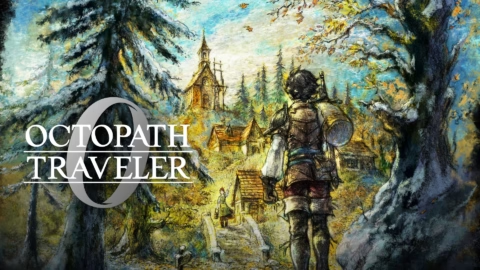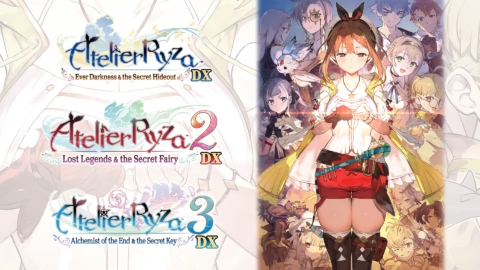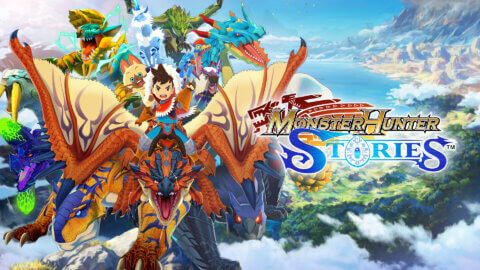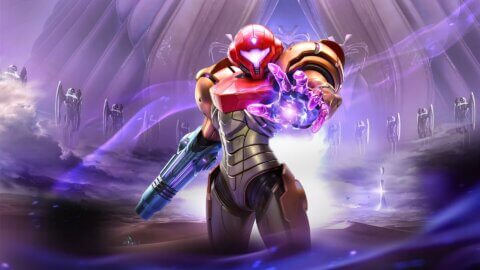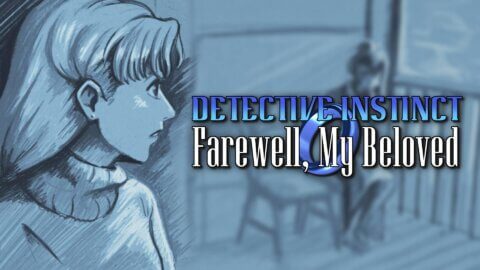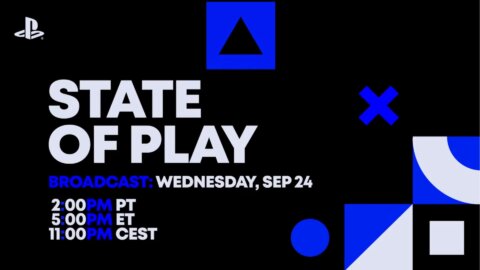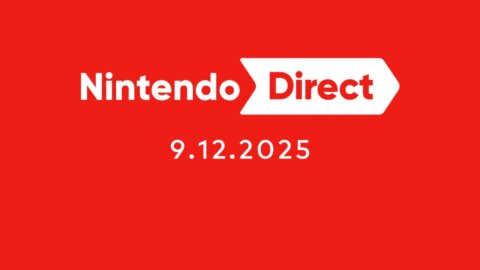I still remember the moment I first saw the original Death Stranding reveal back during E3 2016. That intriguing reveal trailer, the cryptic symbols, Norman Reedus cradling a baby on a beach. It was unlike anything I’d ever seen. I became pretty obsessed. Every new trailer, I’d watch it on repeat, watch breakdown videos and try and work out what was going on in this world. I was hooked before I even understood what the game was. When it finally launched in 2019, Death Stranding became my game of the year, no question. It was weird, thoughtful, slow, divisive—and completely unforgettable.
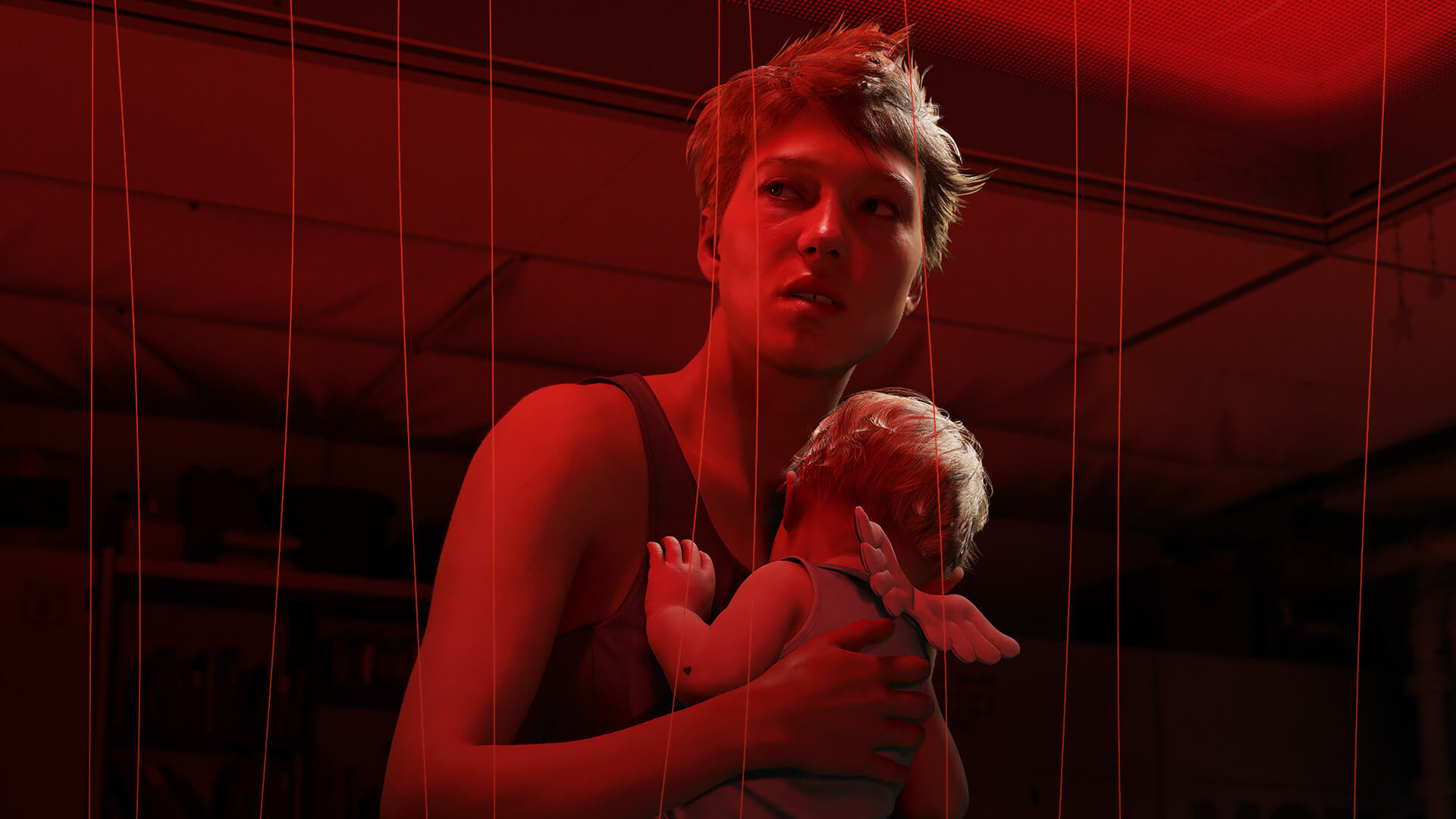
Now, with Death Stranding 2: On the Beach, Hideo Kojima has done it again. This sequel is more accessible, more refined, and somehow even stranger. It builds on everything that made the first game so unique and expands the vision without compromising its identity. It’s not just a better game, it’s a more inviting one. And while it likely won’t convert those who bounced off the first title because of the delivery mechanics, it will absolutely reward anyone willing to immerse themselves in Kojima’s latest masterpiece.
The narrative setup this time is just as ambitious as you’d expect from Kojima. On the Beach shifts focus away from the fractured United States, sending Sam Porter Bridges on a mission to connect Mexico and Australia to the chiral network. But as you probably guessed, what begins as a seemingly simple goal spirals into a sprawling, emotionally resonant epic that’s as much about loss, trauma, and purpose as it is about technology and survival.
Kojima doesn’t just tell a story, he layers it with allegory and metaphor. There are moments where I had to pause and think, to really digest what I’d just seen. The game doesn’t handhold, it invites interpretation. And I love that. There are themes here about digital disconnection, grief, and even colonialism, all woven into a plot that constantly keeps you guessing. It’s art disguised as a sci-fi courier sim, and as a AAA game, I love that it’s so different.
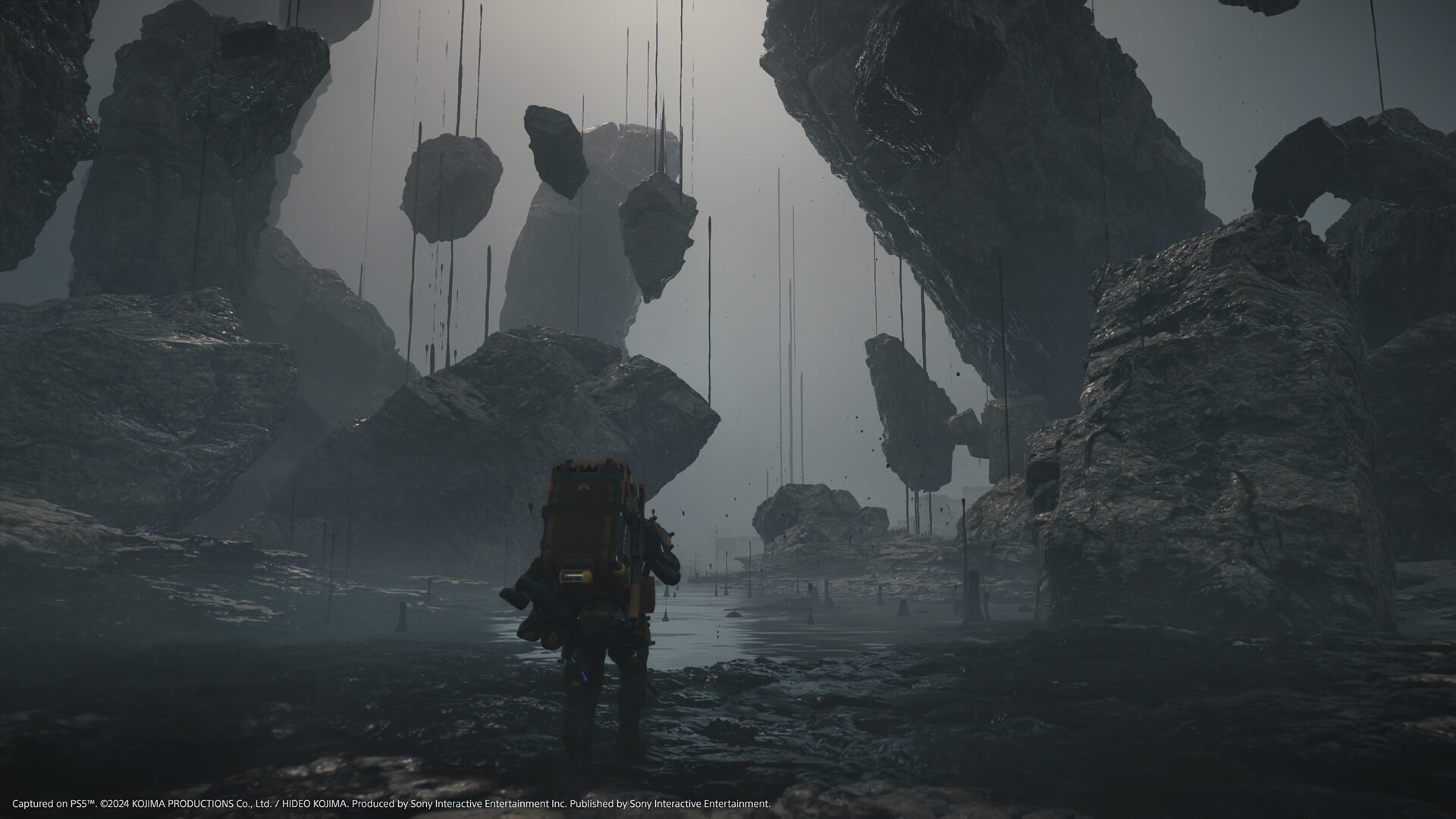
The visuals of Death Stranding 2 are flat-out jaw-dropping. The Decima engine is doing things I didn’t think were possible on current-gen hardware. The environments, whether it’s the dense jungles or the harsh outback of Australia, are photorealistic and stunning. Rocks, soil, trees, water—all look and feel incredibly tangible. The way weather effects slam into Sam and ripple across the screen is something I still haven’t gotten used to, even after 50+ hours.
But it’s the character work that really floored me. These are easily some of the best facial animations I’ve ever seen in a video game. You can read every flicker of doubt, every microexpression of pain or joy on the actors’ faces. It sells the emotional weight of the story perfectly. This might be the best-looking console game on the market right now.
At its core, Death Stranding 2 is still a game about moving forward—literally. Traversing the world, planning your routes, managing cargo, and delivering packages is still the backbone of the experience. If you hated that in the first game, this sequel probably won’t win you over. But for those who appreciated it, Kojima has taken that formula and polished it even further.
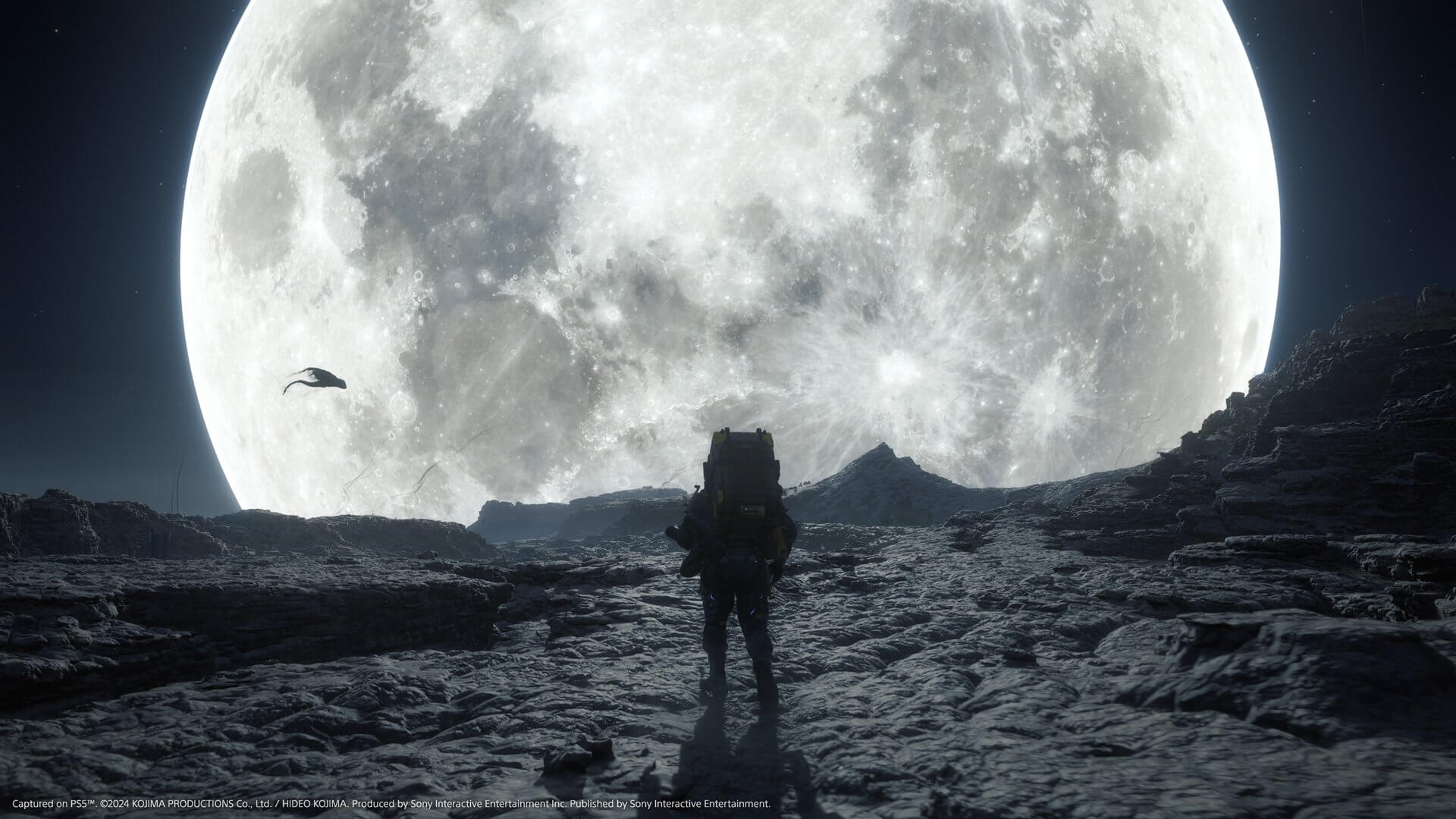
Pacing is one of the most noticeable improvements. In the original, you’d go hours before unlocking gear that made traversal more efficient or enjoyable. Here, upgrades come at a steady rhythm. New gear, vehicles, weapons, and printable resources from your PPC roll out fast enough to keep you hooked but not so fast that they overwhelm you. The game respects your time while still building a gradual mastery of its systems.
Death Stranding 2 doubles down on its themes of connection, not just narratively but mechanically. Once again, the online component shines. Every time when I was in need and I stumbled across a rope, ladder, battery charger, or even a half-constructed bridge left behind by another player, it felt like a miracle. These are real-time contributions made by others in their own worlds, seamlessly folded into yours. It’s a quiet, brilliant piece of game design that reflects the game’s heart. We’re all walking the same path, and helping each other matters.
The biggest gameplay shift is that Sam is no longer a lone wolf. For much of the journey, you’re accompanied by Dollman—a strange, enigmatic character with a synthetic look and a voice that manages to be comforting and unsettling all at once. His presence completely changes the tone of long treks. There’s dialogue, interaction, even strategy. And he’s not just window dressing, he’s part of the narrative in a major way.
Then there’s the DHV Magellan, your mobile HQ and home base. It’s a ship that can travel across the world’s tar currents, acting as both transport and social hub. It’s here you’ll interact with your crew—a mix of returning faces and new characters. Rainy, Tomorrow, and especially Dollman all bring distinct energy to the group, and their conversations with Sam flesh out the world in meaningful ways. The Magellan reminded me of the Normandy from Mass Effect, in all the best ways.
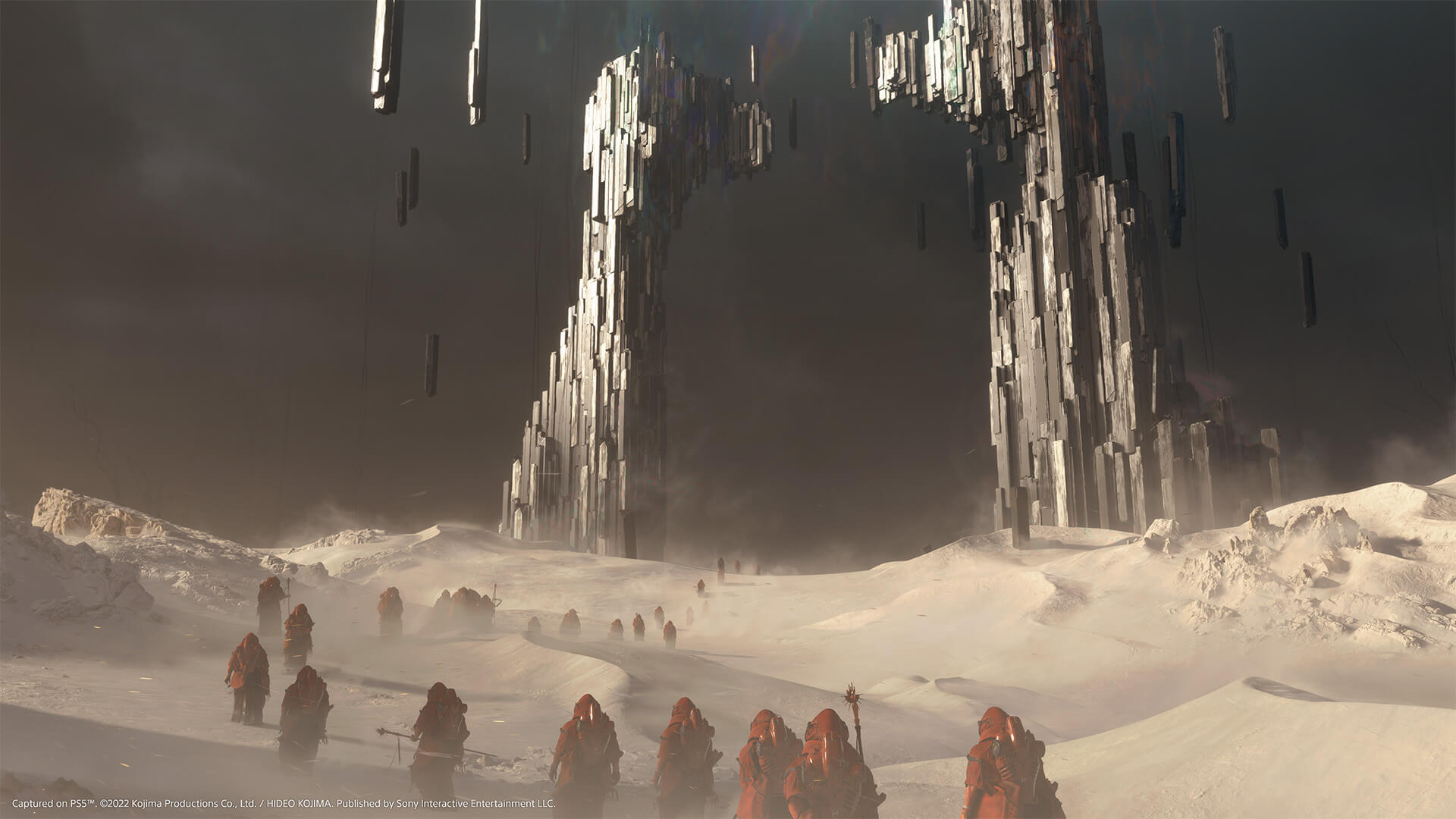
Combat has received a huge overhaul. While it’s still not a run-and-gun shooter, Death Stranding 2 is far more action-oriented. Sam now has access to a variety of new weapons, non-lethal by default, to avoid the risk of voidouts, and there’s a much broader range of enemy encounters. BTs come in more forms and configurations, and the boss battles are more cinematic and intense. It never devolves into full-on action game territory, but it adds much-needed variety and stakes.
These set-piece moments, whether it’s eliminating a base of Ghost Mechs or taking down a large scale boss, give the game a different rhythm than its predecessor. It’s more dynamic, more engaging, but still very much Death Stranding.
Kojima’s always had an incredible ear for music, and On the Beach continues that tradition. Licensed tracks are used frequently and with powerful impact. And now, for the first time, you can actually play music during your deliveries. It changes the feel of traversal dramatically. Walking through a blizzard while a melancholic track builds around you? It’s pure cinematic magic.
Even better, the game uses dynamic audio systems that layer in musical motifs as you approach objectives. Rhythms repeat, intensify, and evolve, mirroring your momentum. It’s subtle but brilliant, and makes even the longest hikes feel purposeful.
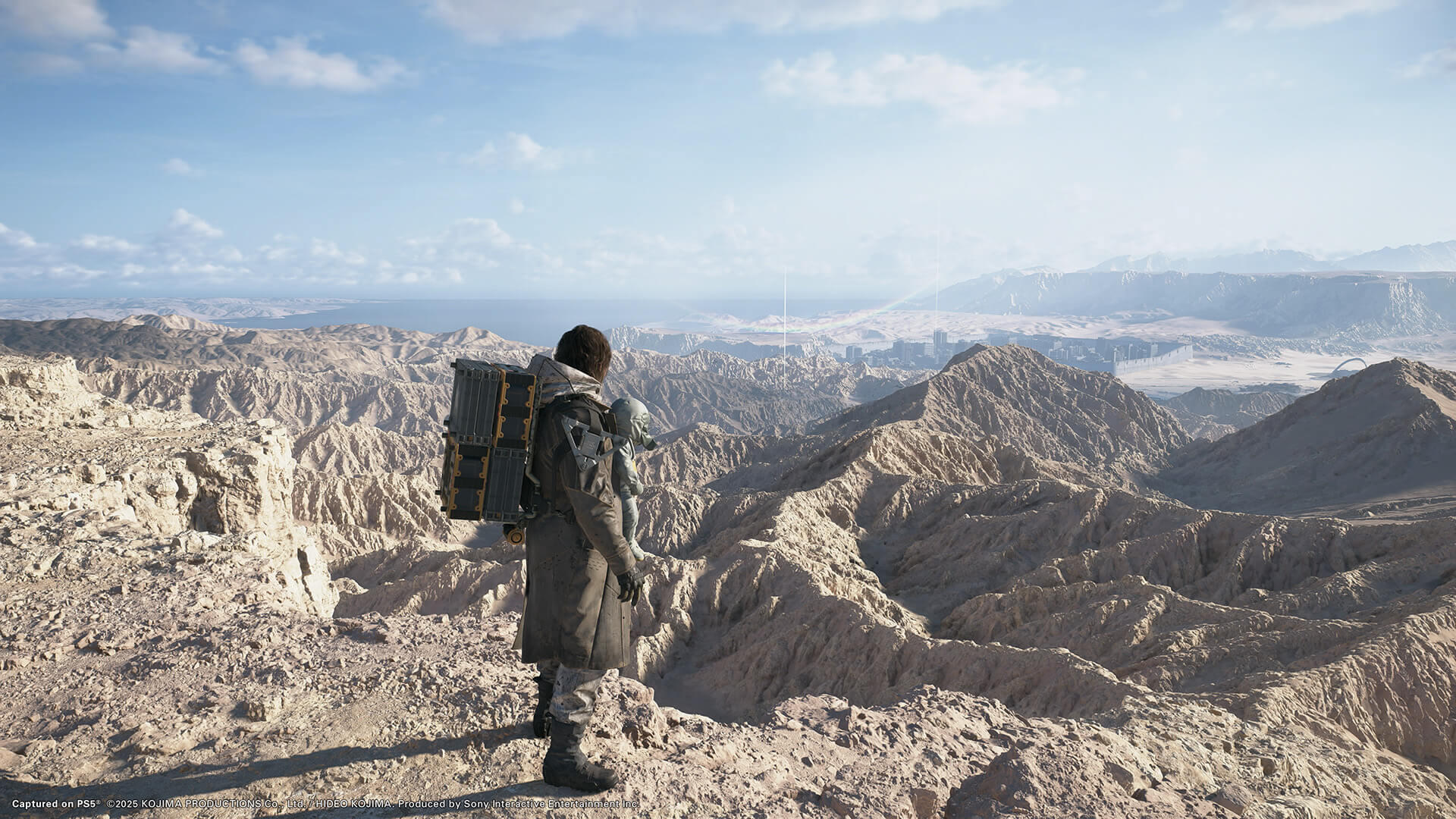
When you’ve got Norman Reedus, Léa Seydoux, Elle Fanning, and Troy Baker in your cast, expectations are high—and this game exceeds them. Reedus brings more emotional nuance to Sam this time around. He feels more vulnerable, more open. Seydoux as Fragile is given some of her best scenes to date, while Elle Fanning’s Tomorrow is a standout new addition, mysterious and powerful and uncovering how she’s involved in the plot is one of the driving factors that kept me engaged in the story.
But the showstopper is Troy Baker as Higgs. He completely owns every scene he’s in and turns every line into gold. He’s much more compelling this time around and without spoiling too much, his scenes are some of the most memorable in the game.
As much as I love this game, it’s not flawless. The vehicle handling is still inconsistent. I can’t tell you how many times my trike decided that a pebble was an impassable mountain. It’s frustrating, especially when you’re deep in a long delivery and a random rock completely derails your progress.
Also, some UI clutter and inventory micromanagement remain a chore. Yes, it’s better than before, but it’s still far too easy to lose time fiddling with menus, shifting cargo weights, and optimizing loadouts, trying to remember which option wheel a certain option exists within and dealing with the foldout layers of the options. Streamlining that process further would’ve been a big win.
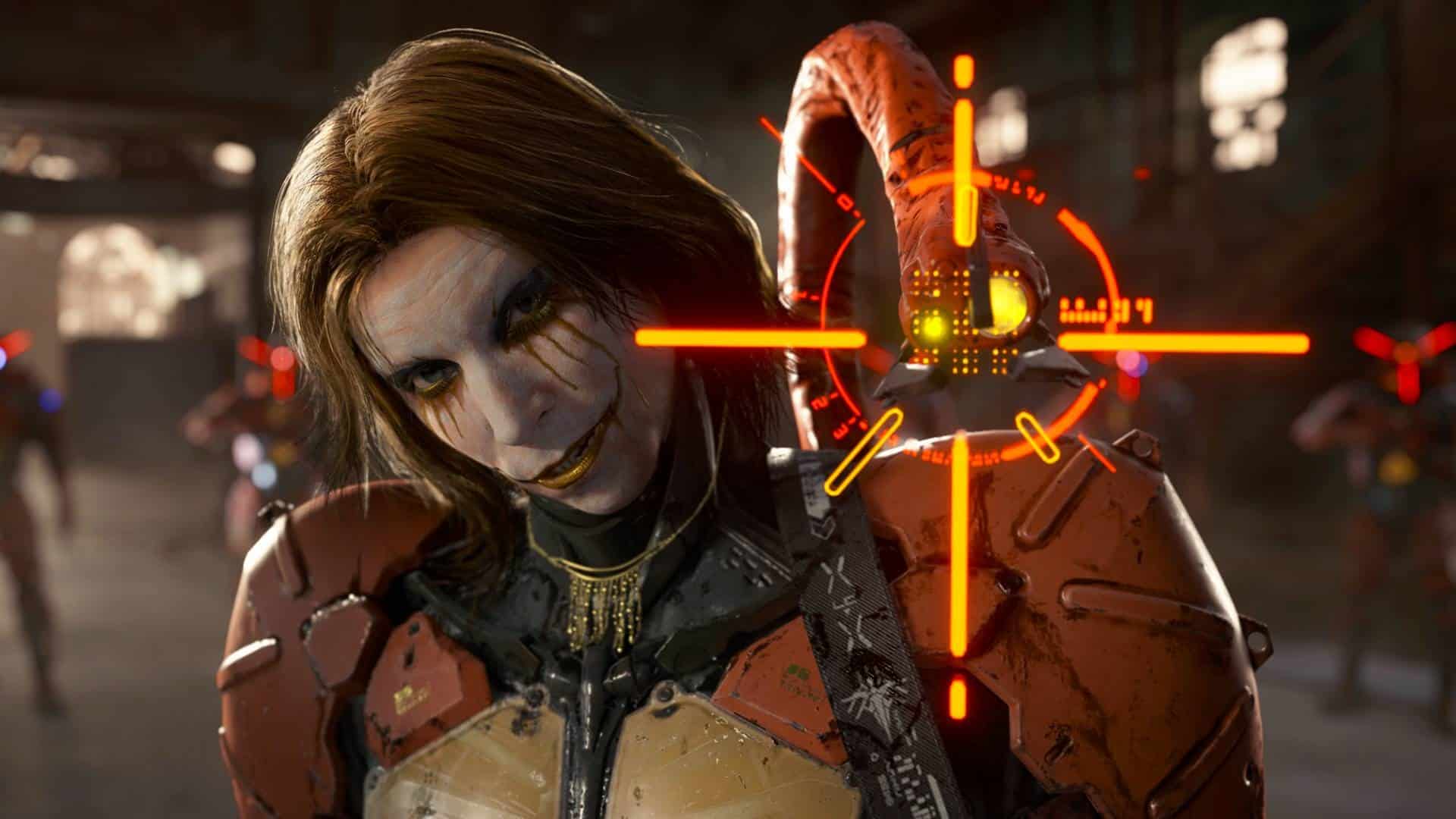
Final Thoughts
Death Stranding 2: On the Beach is an uncompromising, creative triumph. It doesn’t care about trends. It doesn’t follow what’s popular. It dares to be strange, thoughtful, and different. In an industry obsessed with franchises and replicating proven game mechanics, this game feels like a gift, a creative’s vision executed at the highest level. It’s still not for everyone. It never wanted to be. But if you’re someone who values originality, emotion, and design that challenges the norm, there’s nothing else like it.
A PS5 review code was provided by PlayStation for the purpose of this review.
If you want to see more content like this and never miss one of our frequent gaming and anime giveaways come and Follow Ani-Game on Twitter.
9.5
- + Out of this world story
- + Great characters and performances
- + Improved combat and introduction of the DHV Magellan is a game changer
- + Incredible soundtrack and use of music
- - Vehicle controls still get frustratingly stiff at times
- - Menu UI gets convoluted with options
